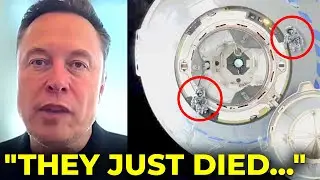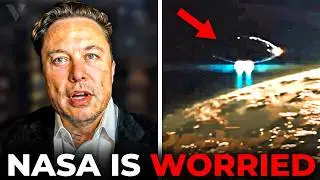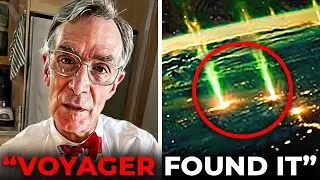How SpaceX Reinvented The Space Suit
How SpaceX Reinvented The Space Suit.
We have all seen the footage of astronauts floating through space and traversing the cold, desolate landscape of the moon. We remember the bulky legs and arms, the all-white coloring, the rounded face shield that obscures the face beneath. The picture of an astronaut in his or her space suit is iconic and one of the most familiar images of the 20th century.
But how would you feel to see astronauts wearing something considerably different from the definitive suit that has been around since the 1960s? What about something that does away with the excess weight and bulk and instead streamlines the entire look and feel of the suit? Can you imagine a space suit that actually feels not just advanced and modern but downright sleek and fashionable?
That's exactly what has been created by SpaceX. They have changed the game once again, this time crafting a space suit that pushes space wear into the modern era. Everyone has taken note of this inventive new approach, even NASA, who suited up their very own astronauts in the cozy fresh digs.
While SpaceX's twist on the age-old space suit is definitely cool looking, and even kind of hip, it isn't just about fashion and cosmetic appeal. No, a lot of time and effort was put into the functionality of this new space suit. Yes, it looks downright ground-breaking when compared to the suits that came before it, but it also works better than its predecessors too. What sets it apart? Why does it look the way it does? And how did Hollywood get involved? Let's take a good, hard look at SpaceX's very contemporary space suit.
Subscribe To Toasty Business ➡ / @voyagerspace
WATCH NEXT 👇
Elon Musk Reveals Plan To Colonize Mars
• Elon Musk Reveals Plan To Colonize Mars
Toasty Business is the #1 channel for staying up to date with all tech and business news related to Tesla, SpaceX, Elon Musk, Jeff Bezos, and so much more! We do hours of research and compact it into entertaining videos for you to enjoy. So sit back, relax, and stay Toasty!
#Voyager #SpaceX #NASA































